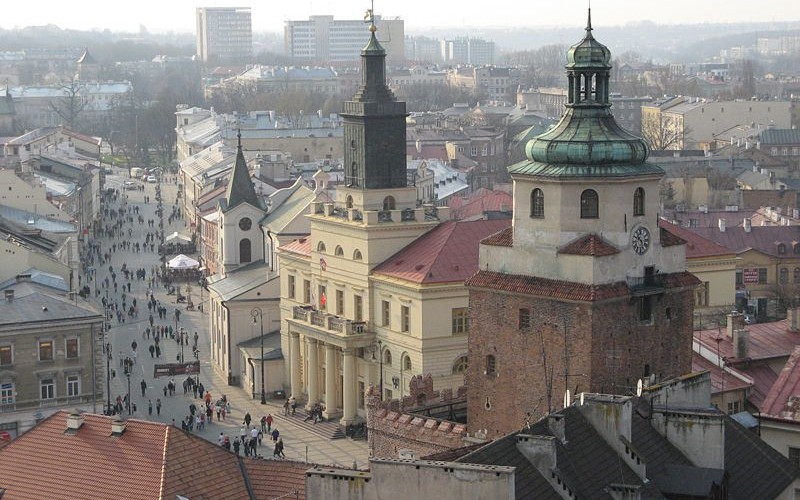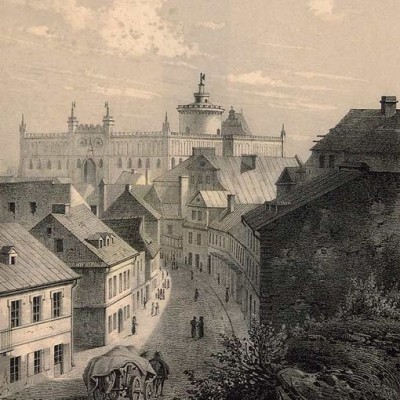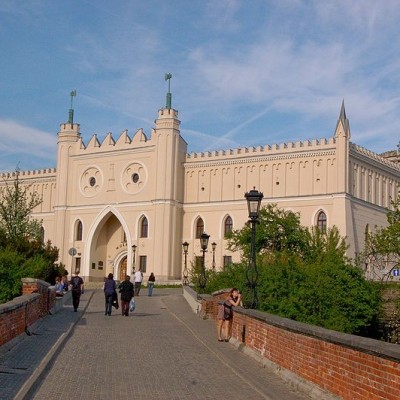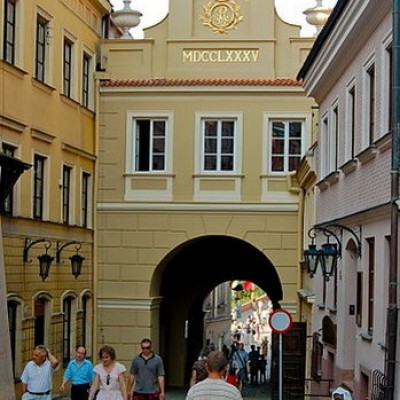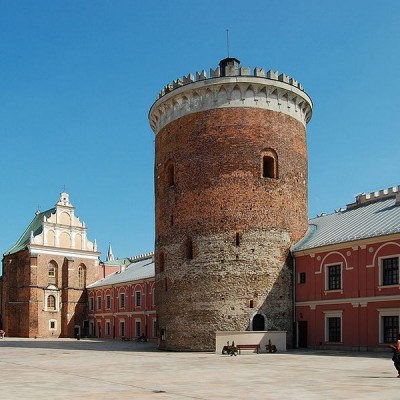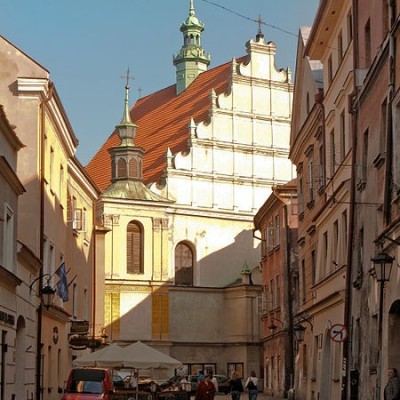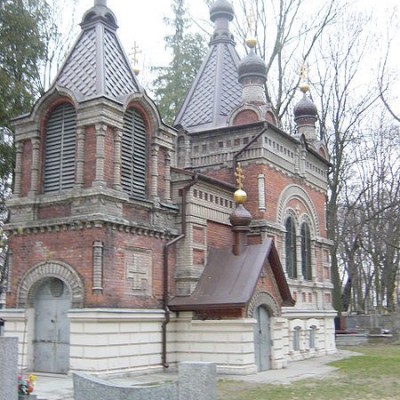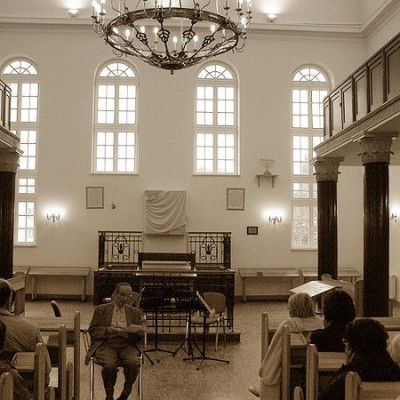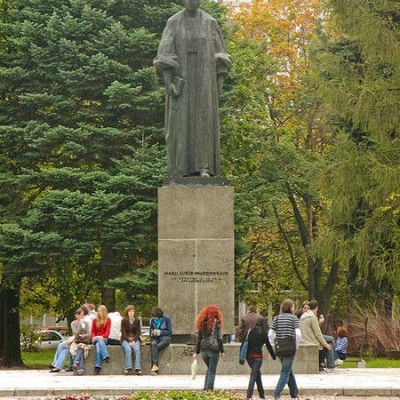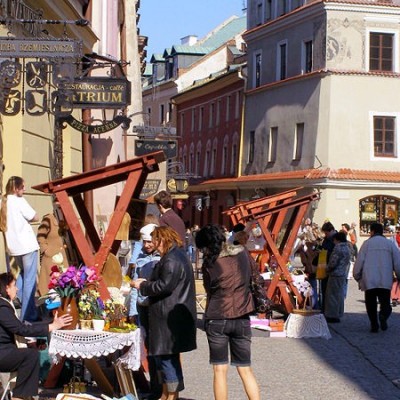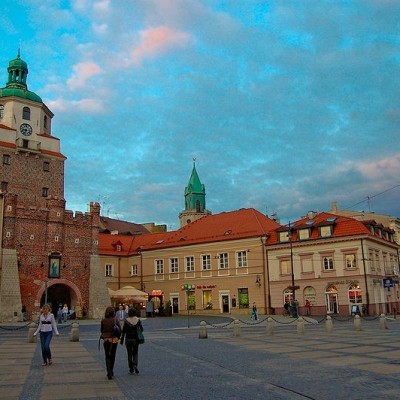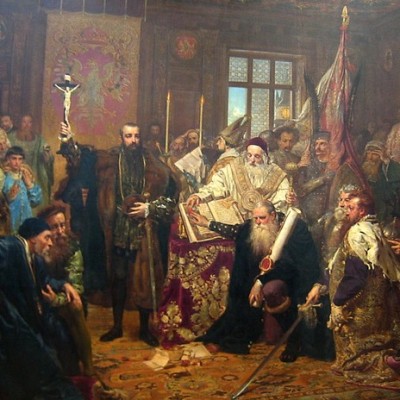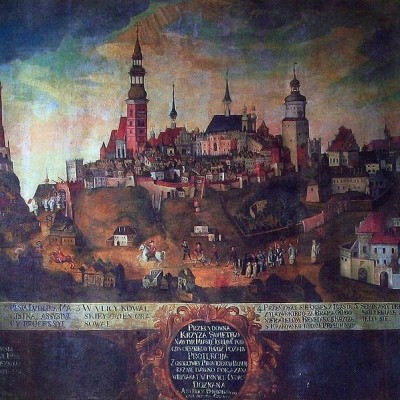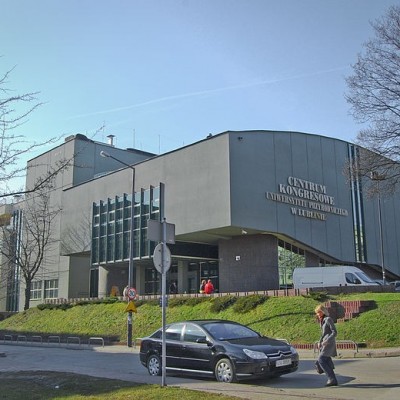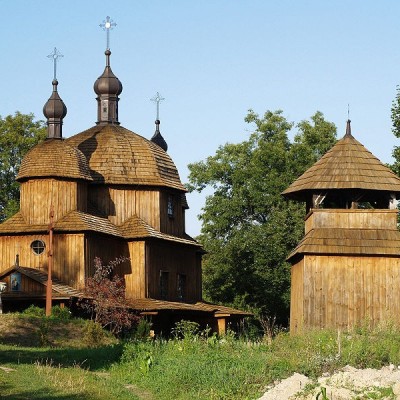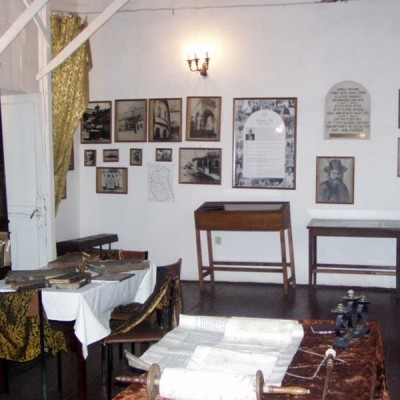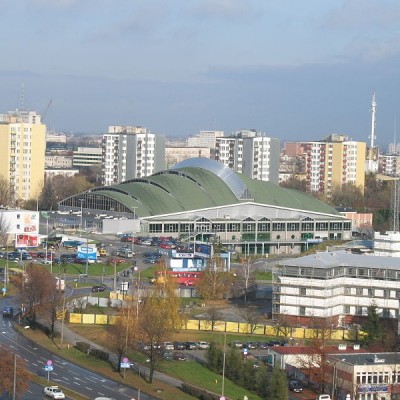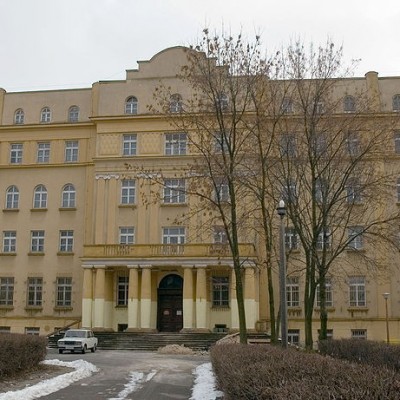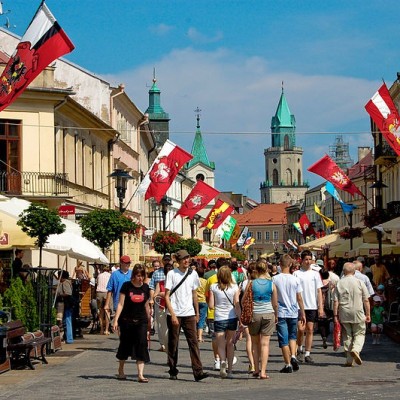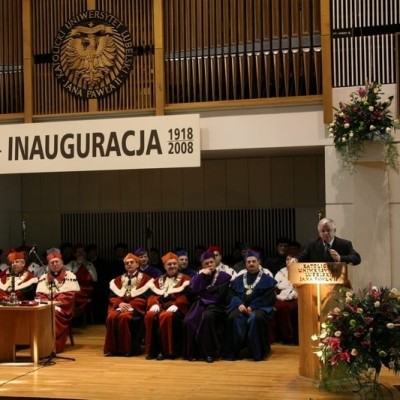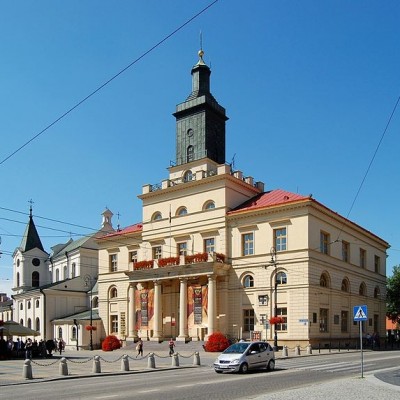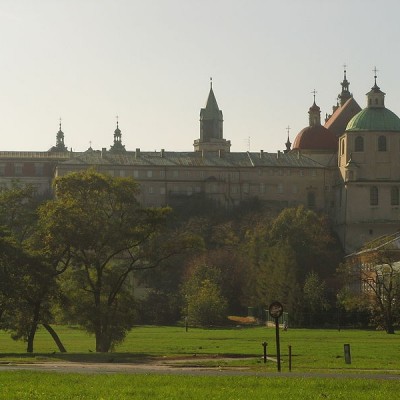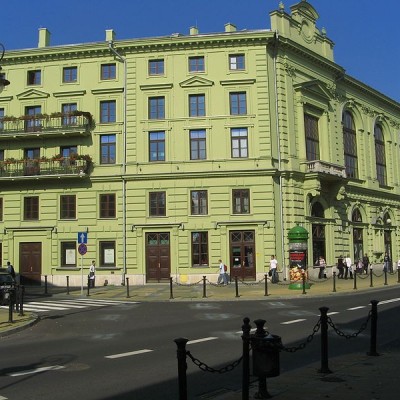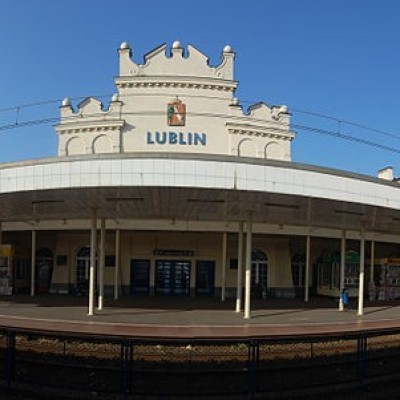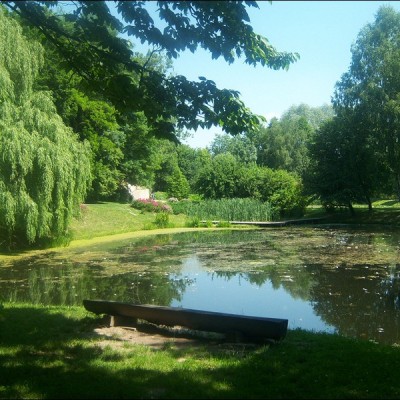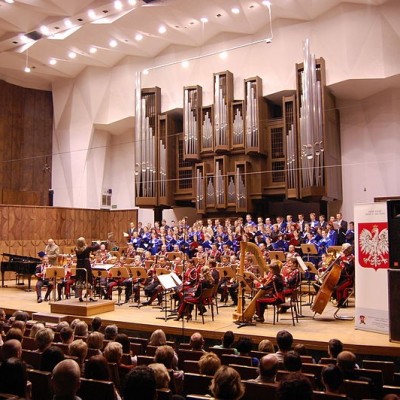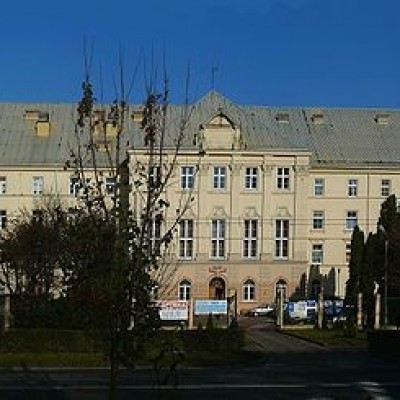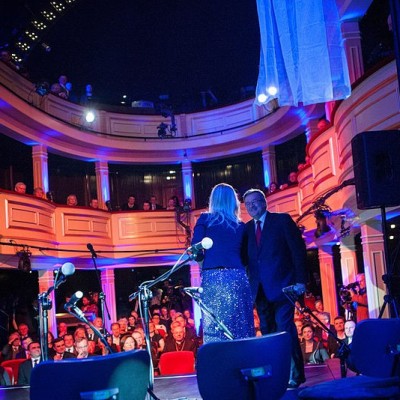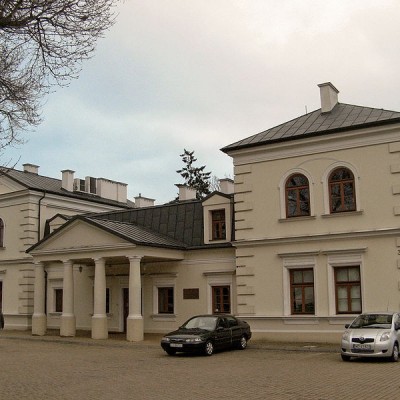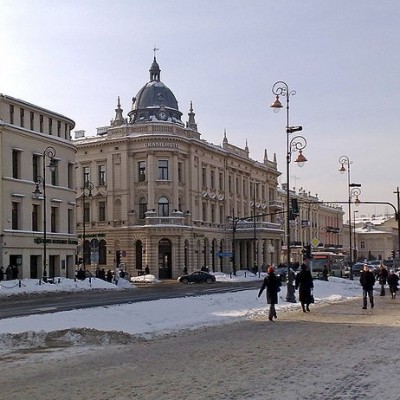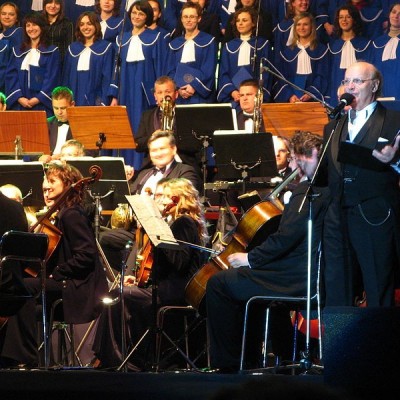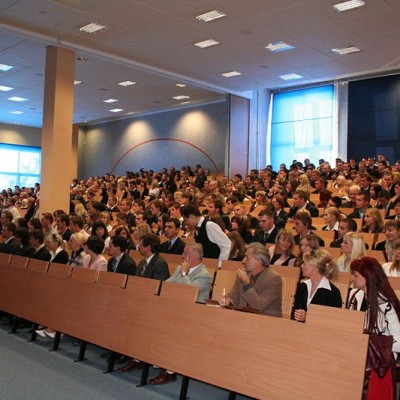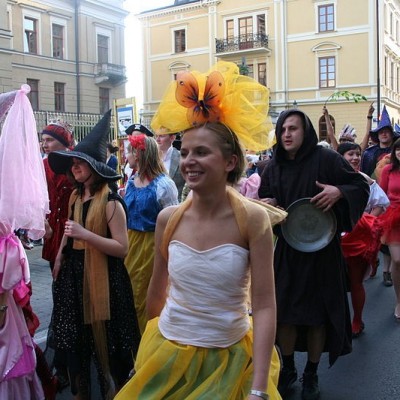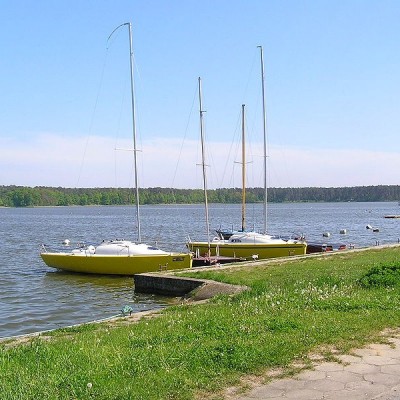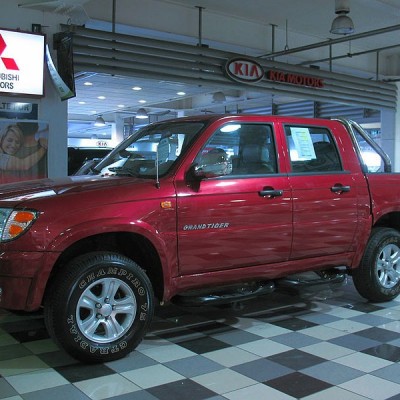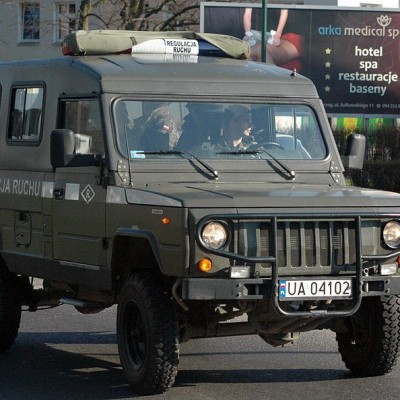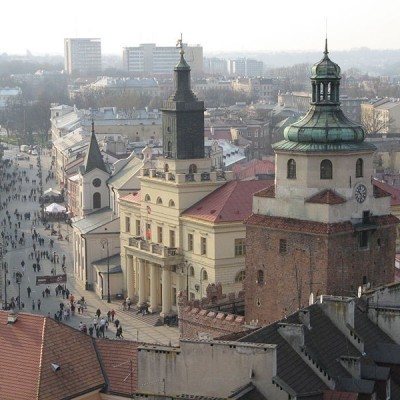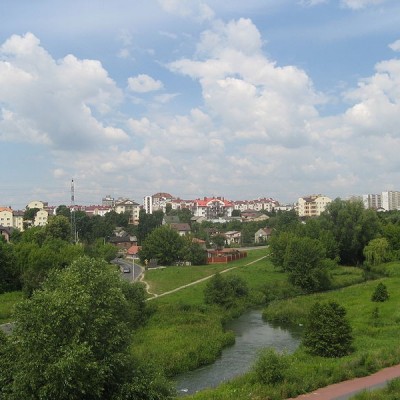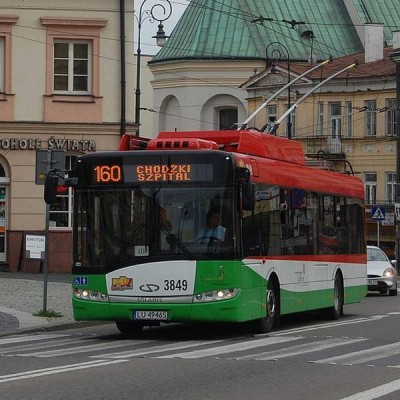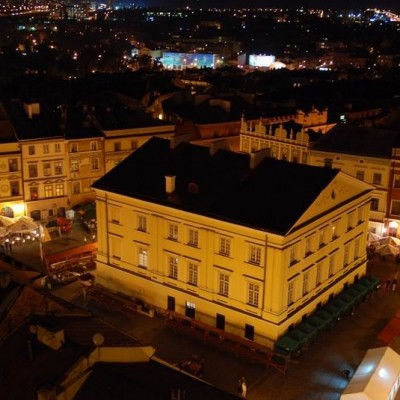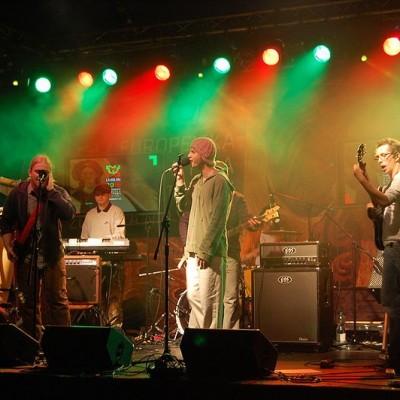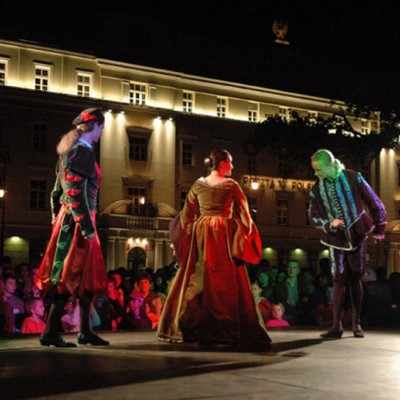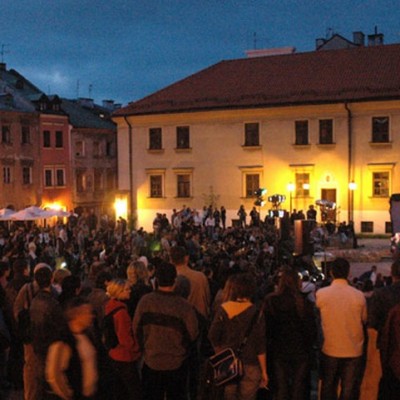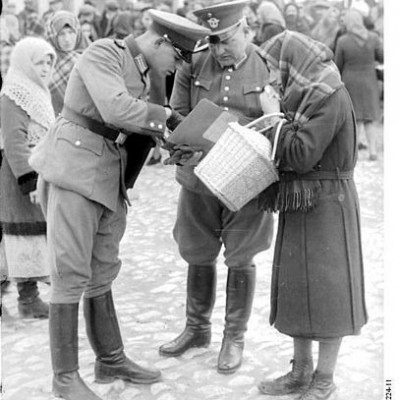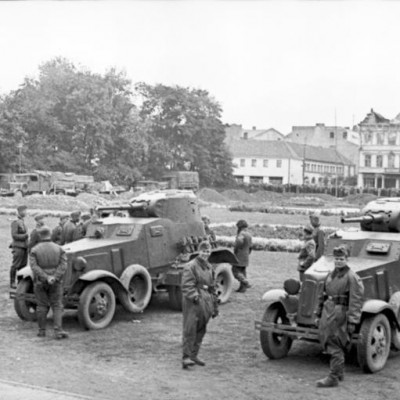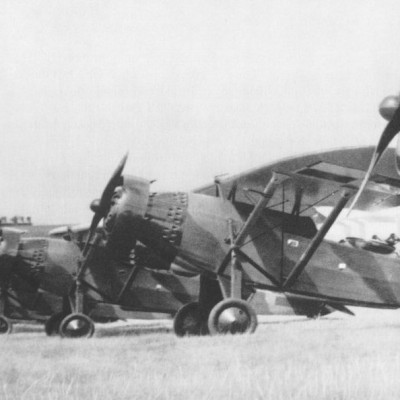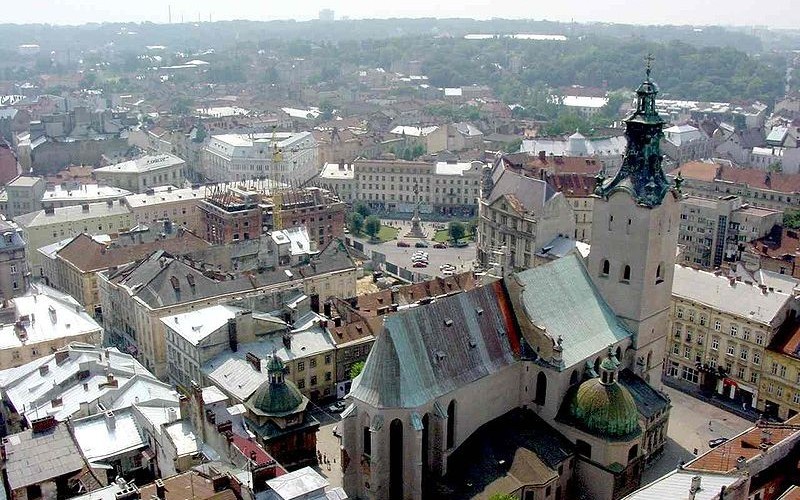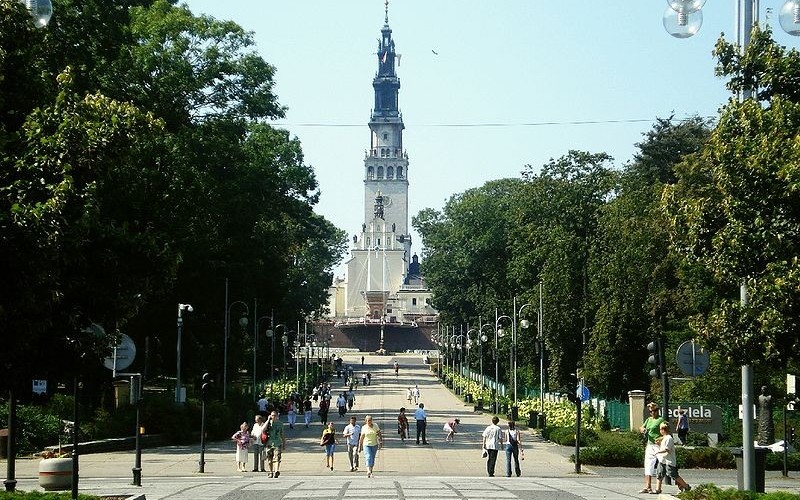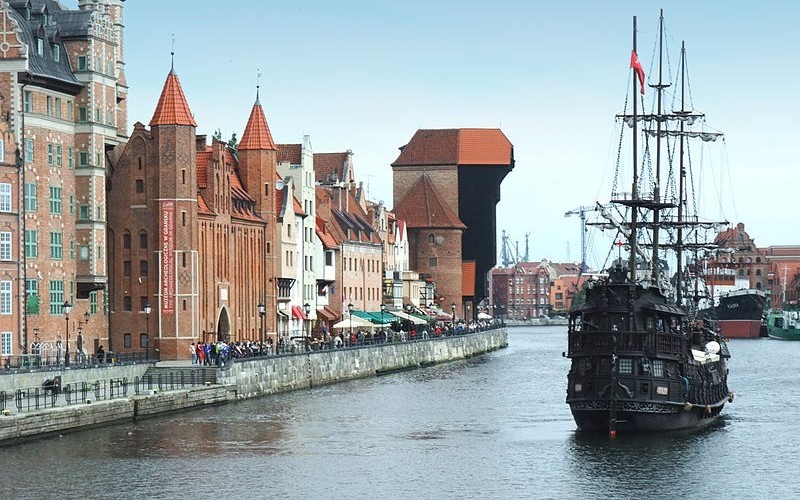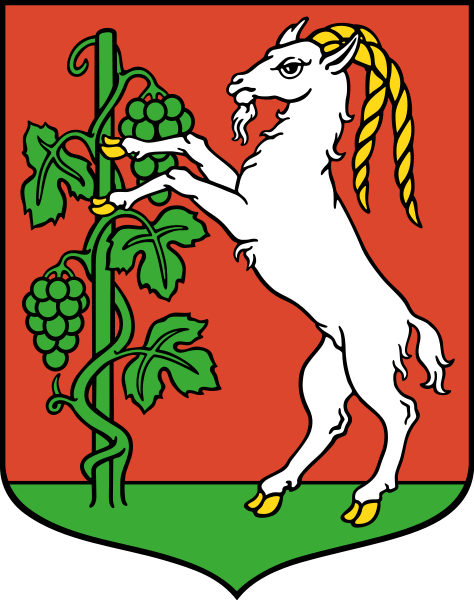 Lublin – a city located in the Middle East Polish river Bystrica. It has 350 000 inhabitants, is 2 in Galicia, and 9 cities in the country. Lublin is one of the oldest Polish cities. This allows you to find in it many monuments from the Middle Ages, through the Romanesque, Gothic, Renaissance, to the baroque, classicism and modernism. Archaeologists have discovered a cemetery of monumental tombs of pre-5000 years. The beginnings of settlement in the city date back to the sixth century on the hill stands the church Thursday św.Mikołaja, probably built in the tenth century with the foundation of Mieszko I, the site of a former pagan temple.
Lublin – a city located in the Middle East Polish river Bystrica. It has 350 000 inhabitants, is 2 in Galicia, and 9 cities in the country. Lublin is one of the oldest Polish cities. This allows you to find in it many monuments from the Middle Ages, through the Romanesque, Gothic, Renaissance, to the baroque, classicism and modernism. Archaeologists have discovered a cemetery of monumental tombs of pre-5000 years. The beginnings of settlement in the city date back to the sixth century on the hill stands the church Thursday św.Mikołaja, probably built in the tenth century with the foundation of Mieszko I, the site of a former pagan temple.
The first mention of Lublin from 1198. In the fifteenth and sixteenth centuries the city flourished through the trade route from the Black Sea to western Europe. In 1569 in Lublin, Lublin concluded union. July 19, 1569 at the Diet of Lublin Prince Frederick of Prussia Albrecht Hohenzollern paid homage to Sigismund II August, which present the Jan Kochanowski wrote a song Prussian Homage. In the mid-seventeenth century, Lublin was destroyed by wars (Cossack raids, the Swedish army). In the sixteenth and seventeenth centuries was the main center of the Reformation. And he was one of the major municipalities of the Polish Brethren and Calvinist church. After she emigrated in 1650 from the city, most European merchants. In 1655, Lublin plundered Russian-Cossack army, and in 1656 the Swedes plundered the city, completing the act of building and destruction of Lublin decimating the population. April 12, 1656 after the city was liberated by troops commanded by John Paul Hetman Sapieha. In 1686 started to play bugle Lublin.
July 27, 1918 Catholic University was founded – the first university in Lublin. In 1930, Rabbi Meir Shapira founded the Yeshiva Chachmej Lublin (Lublin School of the Elders). This was the largest Talmudic school in the world. In the building housed a synagogue, a library with a very rich collection of books, which had a 22 thousand. items of books, mainly rabbinic literature, and 10 thousand. magazines. The basement housed the most kosher with kosher mikvah in the world.
During the occupation the Germans established in Lublin, Majdanek concentration camp and ghetto for the Jews, destroyed in 6 weeks in the spring of 1942. During the Holocaust, as part of Aktion Reinhard, killed about 40 thousand. Lublin Jews, which prior to 1939 one third of the population of the city. Also disappeared so long. Jewish Town and almost the entire district Wieniawa, inhabited mostly by Jews, and Jewish cemeteries.
In 1944 was Maria Curie-Sklodowska University (now 30 thousand. Students). Lublin is the largest academic center on the right side of the river, and one of the biggest in Poland (100 thousand. Students). In Lublin, there are interesting collections of museums, culture and cinema theaters. Monuments are mainly Lublin Old Town area, Lublin Castle, historic buildings, religious buildings represent the periods from Gothic to Baroque. In 2007, the historic architecture and urban planning team Lublin was declared a historical monument. It runs through here many hiking trails including Via Regia, Jagiellonian Trail or Chassidic Route. Lublin since 1990 is the only city in Poland and one of the few in Europe which preserved traditional city klikona function, which has documented the power of the voice of more than 80 decibels and is a member of the British Guild of Ancient and Honour City boosters. Bugle call is played from Lublin 1686, with breaks in between 1939-1994. Since 1994 is played daily at 12:00, actually from the balcony of the New Town Hall.
In July 2009, marked the 440 anniversary of the Union of Lublin. The main celebrations in Lublin came to the presidents of three countries: Polish, Lithuanian and Ukraine.
The city is also a member of the Union of Polish Metropolises. Lublin is a rapidly growing, leading center on the right side of the river, a city with a large economic opportunities (with revitalizing the automotive industry), educational and cultural. It invests thanks to the European Union in infrastructure, science and education. Lublin has one of the three active trolleybus network in Poland, near Tychy and Gdynia, and the city put on the development of cleaner and more economical trolleybus traction. From 2008 on a former industrial airport in Swidnik arises Airport Lublin-Swidnik. The airport is to be communicated from the railway station Szynobus Lublin.
In recent years, Lublin regains its former glory. Renovation of historic buildings reveals the true treasures of architecture. Climate old town and a wonderful panorama stretching from the hillside town on the long passed into memory. Lublin is the historical capital of the region, so that already in ancient times, attracted representatives of different nationalities and cultures living in areas of the Republic. The unique building is still a this testimony. Nearby Lublin are lies Zamosc, a city founded by the will of one man – Chancellor Jan Zamoyski. Zamosc was built in the middle of nowhere, according to Italian models of the ideal city, according to urban planning and architectural plan Bernardo Morando of Padua. Today Zamosc delights preserved to this day the sixteenth-century old town. Survived numerous fortifications and buildings of the style of the Renaissance, of which most catches the eye fanning stairs of townHall and high clock tower. Old town of Zamosc was entered into the UNESCO register of monuments.

